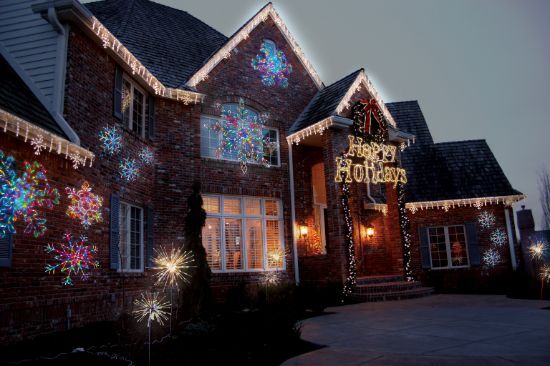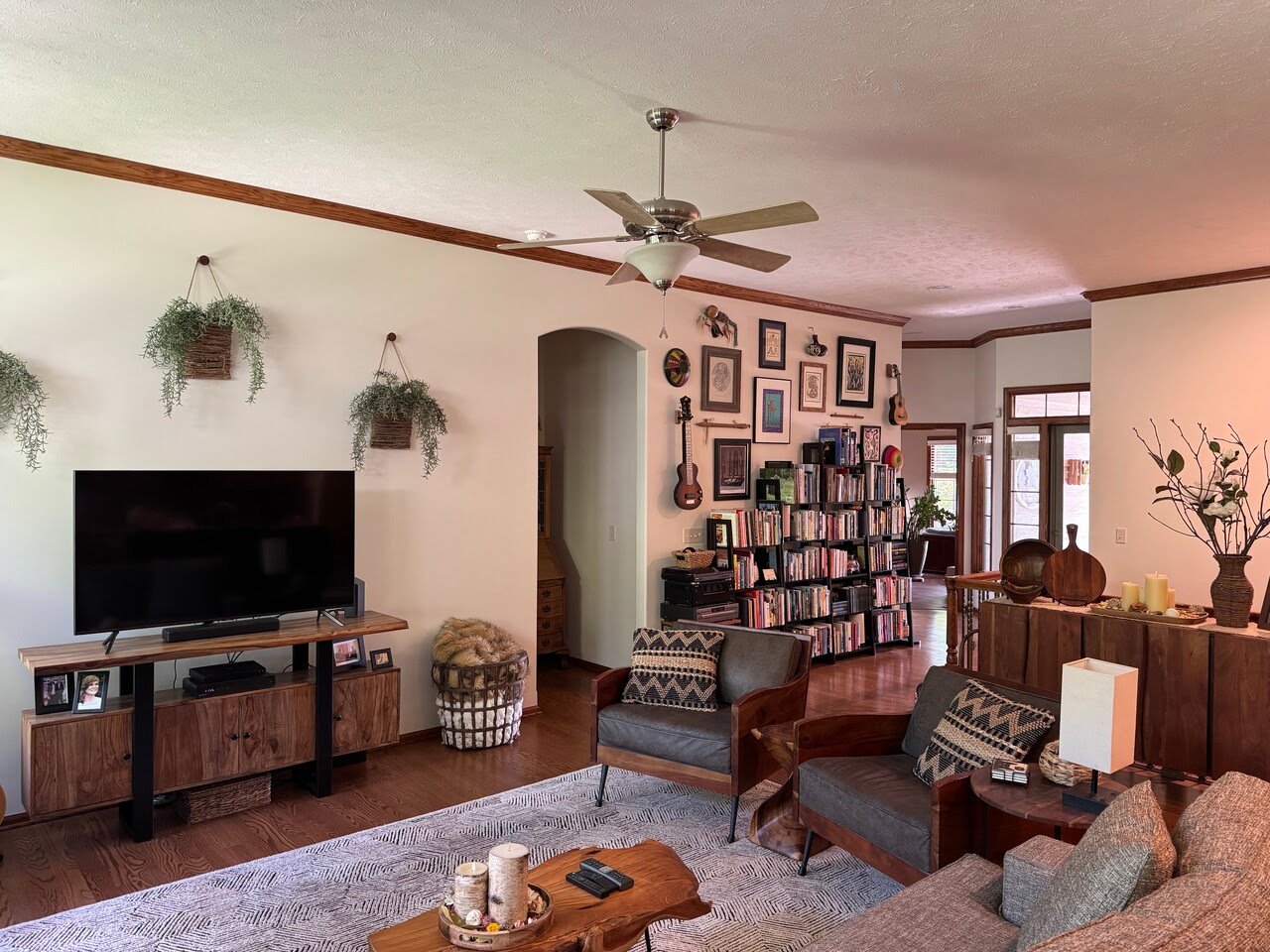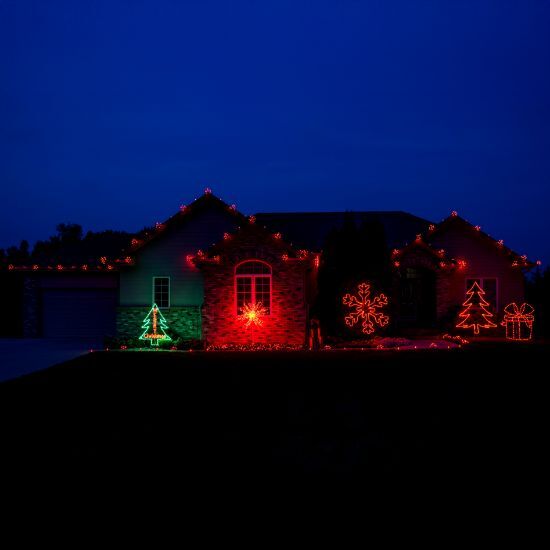-Sep-13-2024-02-48-51-0242-PM.png?width=800&height=418&name=Blog%20Post%20Image%20Size%20(1)-Sep-13-2024-02-48-51-0242-PM.png)
Are you staring at those moody, dark walls in your Omaha home, feeling a bit stuck? Maybe that deep burgundy in the living room seemed like a great idea a few years ago, but now you're craving something lighter and brighter. You're not alone. Many homeowners find themselves in this paint predicament, unsure how to tackle the challenge of covering those bold hues without breaking the bank or losing their minds in the process.
At Brush & Roll Painting, we've been helping Omaha residents transform their homes for years. We've seen firsthand the frustration that comes with trying to lighten up a space, and we've developed fool-proof techniques to make the process smoother than a freshly painted wall.
In this article, we're going to walk you through the ins and outs of painting over dark colors. You'll learn why it's trickier than your average paint job, what steps are involved, and how to decide if it's a DIY project or one best left to the pros. By the end, you'll have a clear roadmap for brightening up your space, whether you're planning to tackle it yourself or hire a professional painting company in Omaha.
Why Painting Over Dark Colors is a Unique Challenge
Let's start with the elephant in the room - or should we say, the dark wall in the room. Painting over dark colors isn't as simple as slapping on a coat of lighter paint and calling it a day.
The main issue lies in the pigmentation. Dark colors have more pigment than lighter ones, which means they're more stubborn about showing through new layers of paint.
This stubborn nature of dark paint leads to a few challenges:
- More coats required: You'll likely need multiple coats to fully cover the dark color, which means more time and more paint.
- Risk of color bleed: If not properly primed, the dark color can bleed through and affect the new color, giving it an unintended tint.
- Longer drying times: More coats mean more drying time between layers, extending the overall project timeline.
- Higher costs: Additional materials and labor translate to a potentially higher price tag for the project.

How To Paint Over Darker Paint Colors
Now that we understand why painting over dark colors is a beast of its own, let's break down the process step by step.
Step 1: Surface Preparation
First things first, we need to get that wall ready for its makeover. This means:
- Cleaning the surface thoroughly to remove any dirt, dust, or grime
- Repairing any holes, cracks, or imperfections in the wall
- Pole sanding the surface lightly to create a better surface for the primer to adhere to. It might seem like extra work, but it can make a world of difference in how well the primer and new paint stick.
Step 2: Choosing the Right Primer
The right primer is your secret weapon in the battle against dark colors. We typically use a high-hide primer specifically designed for covering dark paints. These primers are usually white or light gray and have a higher concentration of titanium dioxide, which gives them superior covering power.
Some painters swear by tinting the primer to match the new paint color. This can be particularly effective if you're making a drastic color change, like going from navy to pale yellow.
Step 3: Applying the Primer
Time to roll up those sleeves (or watch the pros do it, if you're hiring a painter). We usually apply one to two coats of primer for the best results. Here's how:
- Use a roller for large areas and a brush for corners and edges
- Apply the primer in thin, even coats
- Allow each coat to dry completely before applying the next (usually
Step 4: Choosing Your New Paint Color
Now for the fun part - picking your new color! When covering a dark color, it's generally easier to go with a lighter shade. However, with the right primer and technique, you can choose any color your heart desires.
We often recommend satin or semi-gloss finishes for interior walls. These finishes are great for commonly used spaces and will help brighten up a space, especially if you're coming from a dark color.
 Step 5: Picking a Type of Paint
Step 5: Picking a Type of Paint
When it comes to paint, most folks in Omaha (and everywhere else, for that matter) are tempted to go with the affordable options. It's understandable - painting isn't cheap, and we're all trying to stretch our dollars. But here's the kicker: when you're covering dark colors, choosing a high-quality paint may save you from doing multiple coats.
Now, I'm not saying you need to refinance your house to afford paint, but here are some benefits of choosing a higher quality for paint for painting over darker colors:
- Superior Coverage: Remember how we talked about dark colors being stubborn? High-quality paints get the job done where others struggle. Their superior pigments provide better coverage, often allowing you to use fewer coats. In the battle against dark colors, this is your secret weapon.
- Better Flow and Leveling: Ever painted a wall only to see every roller mark once it dries? That's not a good look. Premium paints have better flow and leveling properties. Which means they spread more evenly and smooth out as they dry, leaving you with a more professional-looking finish.
- Durability That Pays Off: Sure, that budget paint might look okay for a few months, but fast forward a year or two. Premium paints are more resistant to fading, scuffing, and staining. When you're making a big change from dark to light, you want that change to last.
- Time is Money: Think about it - if you can get the job done in two coats instead of three or four, that's a lot of time saved. If you're hiring professional painters, fewer coats can mean lower labor costs, offsetting the higher price of the paint.
- Color Accuracy: High-end paints tend to dry closer to the color on the swatch. When you're making a dramatic color change, this accuracy can be crucial in achieving the look you want.
Let's crunch some numbers: A gallon of premium paint might cost you around $50-$70, while budget options could be half that. But if you need an extra coat or two of the cheaper stuff, you could end up spending more in the long run, not to mention the extra time and effort.
Don't just take my word for it. A study by the Paint Quality Institute found that premium paints can last up to 10 years on exterior surfaces, compared to 4 years for lower quality paints. While this study focused on exteriors, it gives you an idea of the durability difference.
Now, I'm not saying you should never use budget-friendly paints. For some projects, they work just fine. But when you're dealing with the challenge of covering dark colors, investing in quality paint can save you time, frustration, and maybe even money in the long run.
Step 6: Painting Over Dark Color
Finally, we get to the main event. Here's how we approach it:
- Start with cutting in around edges and corners with a brush
- Use a roller for larger areas, applying thin, even coats
- Allow each coat to dry completely before applying the next
- Usually, two coats of paint are sufficient, but a third might be necessary for complete coverage
 How Much Does It Cost To Paint Over Darker Colors?
How Much Does It Cost To Paint Over Darker Colors?
Now, let's talk money. Painting over dark colors can be pricier than a standard paint job for a few reasons:
- More materials: You'll need more primer and paint to get full coverage.
- More time: The extra steps and drying times mean the job takes longer.
- Specialized products: High-hide primers and quality paints designed for coverage can be more expensive.
The average cost to paint the walls in an average sized room in Omaha ranges from $300 to $800. When painting over dark colors, you might find yourself on the higher end of that range or even beyond it, depending on the size of the room and the specific challenges of your project.
Painting Over Darker Paint Colors
Remember those dark walls that were giving you a headache at the beginning of this article? Now you're armed with the knowledge to tackle them head-on. Whether you choose to brave the project yourself or call a painter, you know the steps involved, the potential challenges, and what to expect in terms of time and cost.
Painting over dark colors might require a bit more effort and investment, but the results can be truly transformative. Just imagine how much brighter and more spacious your Omaha home will feel with those lighter walls!
At Brush & Roll Painting, we've seen countless homes in Omaha undergo this stunning transformation. We know the joy that comes from walking into a freshly painted room and seeing it in a whole new light (literally!). If you're ready to brighten up your space but feel overwhelmed by the process, remember that you don't have to go it alone. We're always here to help turn your vision into reality.
Click the button below to get a quote and take the first step towards transforming your space. Let's bring some light into your life, one wall at a time!
If you’re not ready to schedule a quote with us, take this time to prepare to any painter in Omaha. At Brush & Roll Painting, we know we are not the best choice for everyone, but we want to help make sure that you do not make any costly mistakes while transforming the look of your home.
Click the button below to download your ultimate guide to hiring a painter in Omaha, so that you are confident you will hire the best one for your specific project.
Kaylea is the Brush & Roll Painting Content Manager. Kaylea is a Journalism and Media Communications summa cum laude graduate with a minor in Marketing from the University of Nebraska at Omaha. Kaylea manages the marketing for Brush & Roll Painting.
















-Jul-23-2025-02-21-33-5468-PM.png?width=800&height=418&name=Blog%20Post%20Image%20Size%20(2)-Jul-23-2025-02-21-33-5468-PM.png)


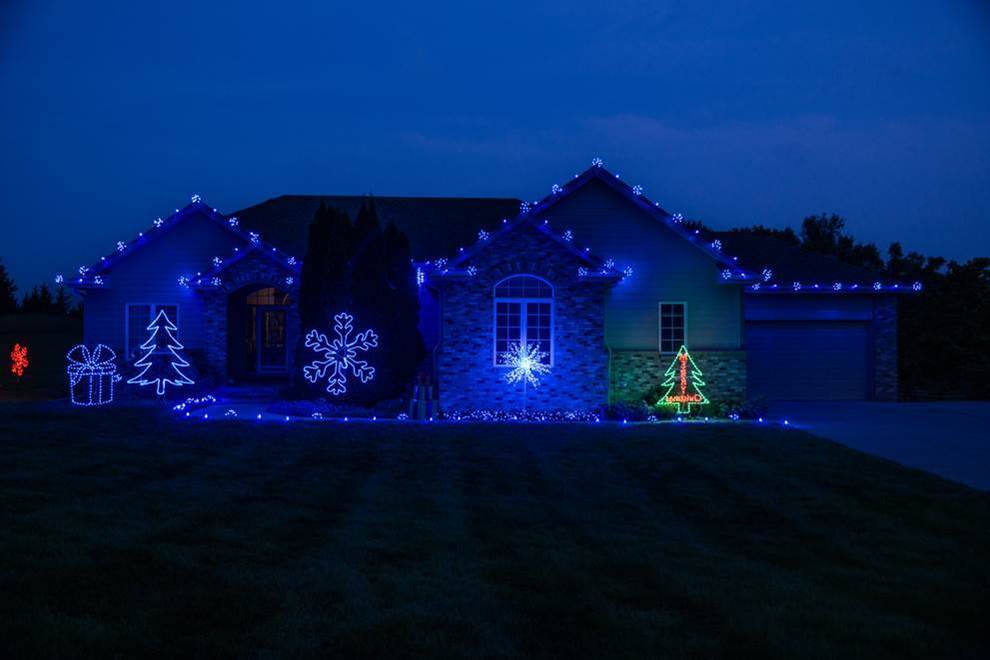
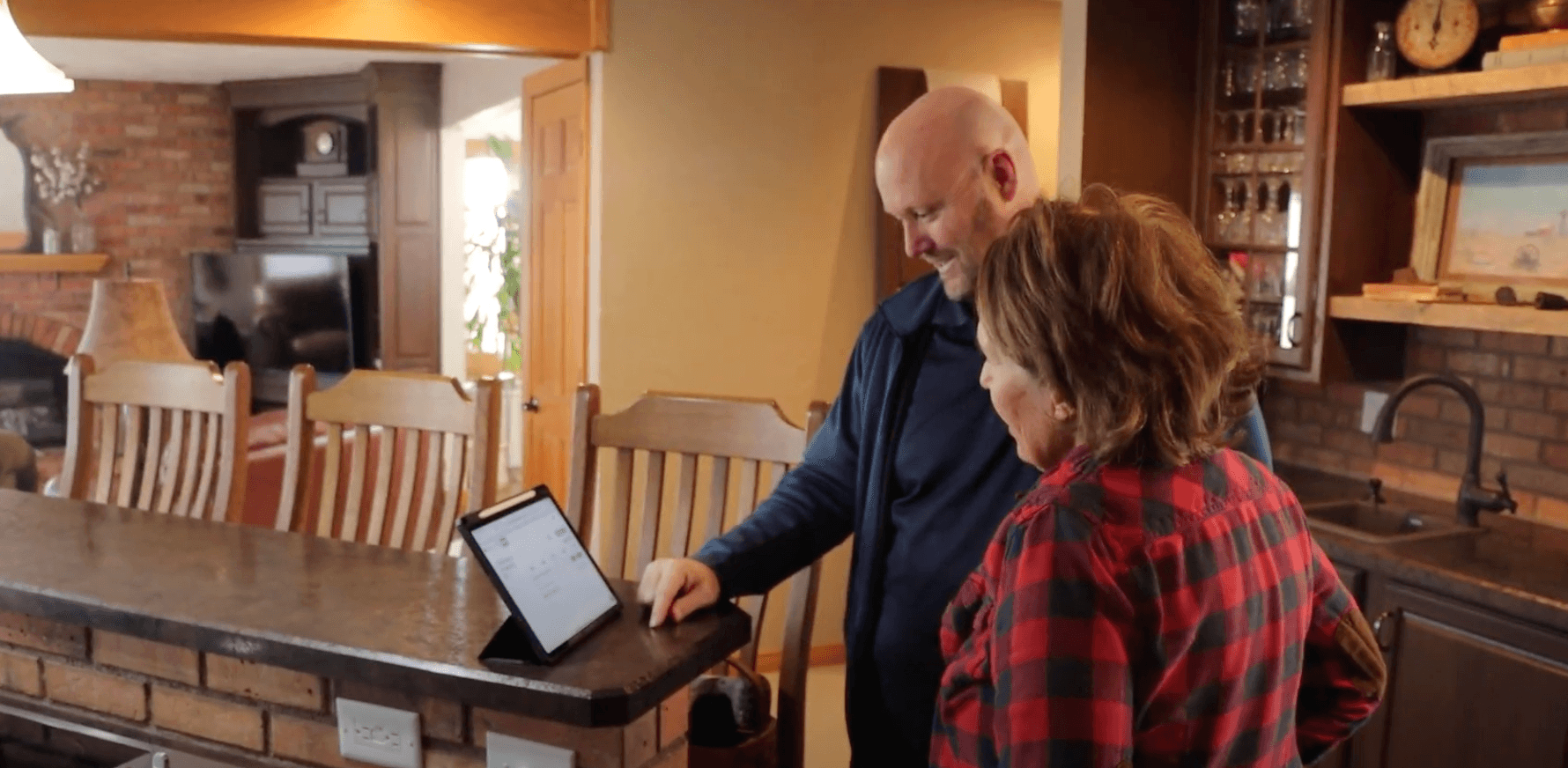
-Oct-22-2025-01-39-19-5208-PM.png?width=800&height=418&name=Blog%20Post%20Image%20Size%20(1)-Oct-22-2025-01-39-19-5208-PM.png)



